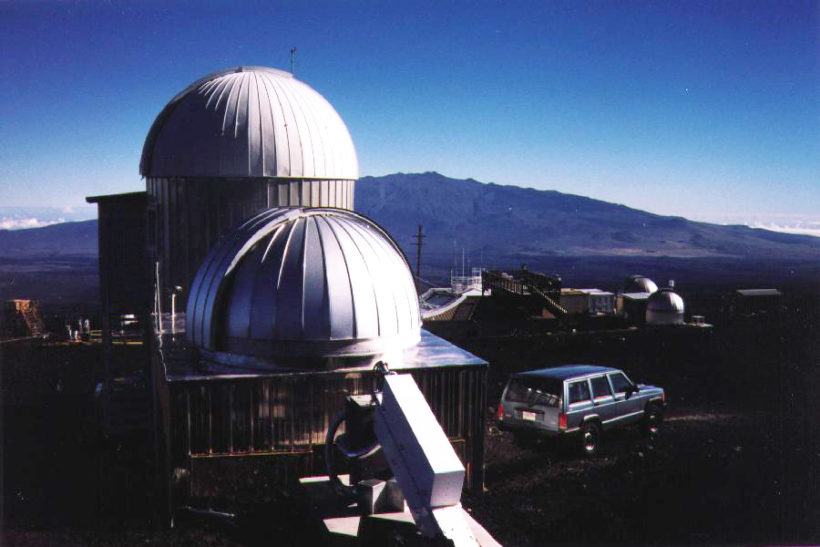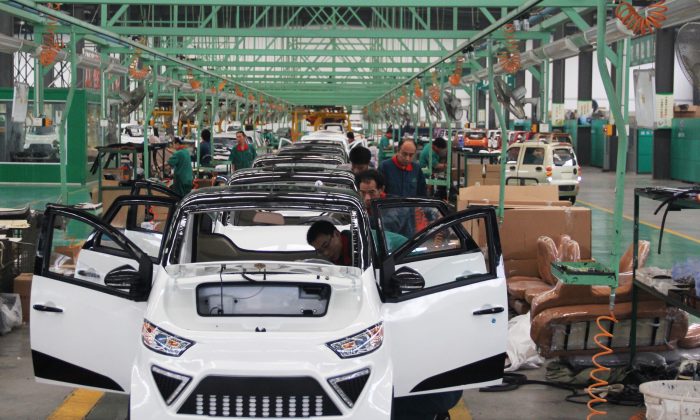It’s clear that we need to decarbonize our economy as quickly as possible in order to avoid the worst of climate change — but carbon isn’t the only problem we’re facing. As the world moves towards renewables and away from fossil fuels as an energy source, we can’t forget that the technology and minerals behind this green transition need to come from somewhere — and that somewhere is primarily countries in the Global South.
The supply chains which carry the lithium, copper, cobalt, and other minerals essential for renewable technology from the peripheries to the imperial cores — from places like Chile and Bolivia to places like the United States and Europe — are built upon a foundation of colonialism, imperialism, hyper-exploitation, and ecocide: all essential components of our current economic system — capitalism.
In part one of this two-part series on the green transition, Upstream explores what happens when we simply paint capitalism green without addressing its fundamental global operating principles and processes. What is the dark side of the energy transition — particularly for the Global South and Indigenous communities?
In part two they will dive deeper into some solutions, but in this episode, Upstream starts their journey in the Atacama desert of Chile and ends all the way in the Arctic Circle, exploring the global extractive machine and the communities that exist on its frontiers.
You can listen to the full Upstream Documentary below to dive deeper into this topic.
…click on the above link to read the rest of the article…













